
- For PC
- For MAC
- For Linux
- OS: Windows 10 (64 bit)
- Processor: Dual-Core 2.2 GHz
- Memory: 4GB
- Video Card: DirectX 11 level video card: AMD Radeon 77XX / NVIDIA GeForce GTX 660. The minimum supported resolution for the game is 720p.
- Network: Broadband Internet connection
- Hard Drive: 23.1 GB (Minimal client)
- OS: Windows 10/11 (64 bit)
- Processor: Intel Core i5 or Ryzen 5 3600 and better
- Memory: 16 GB and more
- Video Card: DirectX 11 level video card or higher and drivers: Nvidia GeForce 1060 and higher, Radeon RX 570 and higher
- Network: Broadband Internet connection
- Hard Drive: 75.9 GB (Full client)
- OS: Mac OS Big Sur 11.0 or newer
- Processor: Core i5, minimum 2.2GHz (Intel Xeon is not supported)
- Memory: 6 GB
- Video Card: Intel Iris Pro 5200 (Mac), or analog from AMD/Nvidia for Mac. Minimum supported resolution for the game is 720p with Metal support.
- Network: Broadband Internet connection
- Hard Drive: 22.1 GB (Minimal client)
- OS: Mac OS Big Sur 11.0 or newer
- Processor: Core i7 (Intel Xeon is not supported)
- Memory: 8 GB
- Video Card: Radeon Vega II or higher with Metal support.
- Network: Broadband Internet connection
- Hard Drive: 62.2 GB (Full client)
- OS: Most modern 64bit Linux distributions
- Processor: Dual-Core 2.4 GHz
- Memory: 4 GB
- Video Card: NVIDIA 660 with latest proprietary drivers (not older than 6 months) / similar AMD with latest proprietary drivers (not older than 6 months; the minimum supported resolution for the game is 720p) with Vulkan support.
- Network: Broadband Internet connection
- Hard Drive: 22.1 GB (Minimal client)
- OS: Ubuntu 20.04 64bit
- Processor: Intel Core i7
- Memory: 16 GB
- Video Card: NVIDIA 1060 with latest proprietary drivers (not older than 6 months) / similar AMD (Radeon RX 570) with latest proprietary drivers (not older than 6 months) with Vulkan support.
- Network: Broadband Internet connection
- Hard Drive: 62.2 GB (Full client)
The Nanchang Q-5 is a Chinese supersonic jet attacker, developed during the 1960’s on the basis of the Soviet MiG-19 design. Arriving in the game as part of the next major update, the Nanchang Q-5 will expand the Chinese attacker line into the sixth rank and give pilots the chance to fly another unique and versatile top tier aircraft!
Briefly: The new top ranking Chinese supersonic jet attacker, featuring good flight characteristics, two autocannons and up to 1,500 kg of ordnance.
Nanchang Q-5, attacker, China, VI rank.
Pros
- Good flight characteristics
- Adequate ordnance size
Cons
- Narrow scope of available weapon options
- Lack of guided missiles
Having started production of the Shenyang J-6 - the Chinese version of the Soviet MiG-19 - in 1958, the PLA issued an order to develop a ground attack version of the aircraft in August of the same year. By 1960, design work on the aircraft had concluded, but political turmoil in the country at the time caused prototype construction and further development to be delayed until the mid 1960’s.
In June 1965, the prototype of the aircraft that would become known as the Nanchang Q-5, first took to the skies for its maiden flight. Following further testing, the decision to put the aircraft into production was made in 1969, while first deliveries began being made in 1970.
The Q-5 officially entered service with the Chinese Air Force in 1970. Around 100 aircraft of the early versions were built out of a total of around 1,300 aircraft of all variants. However, later models continued service with Chinese forces well into the 2000’s. Apart from the PLA, the Q-5 also saw service with Bangladesh, Pakistan, Myanmar, North Korea and Sudan.
In War Thunder, the Nanchang Q-5 will be a new supersonic jet attacker, awaiting pilots at the top rank of the Chinese aviation tree in the upcoming update. Being heavily based on the design of the Shenyang J-6 (MiG-19), the Nanchang Q-5 inherits many of the former’s characteristics, while placing greater emphasis on ground attack capabilities, thanks to its expanded payload options.
As already mentioned, much of the Q-5’s core design stems from the J-6 fighter, which in turn is the Chinese domestic version of the Soviet MiG-19. As a result, it should come as no surprise that the Q-5 comes fitted with the exact same engine configuration as its close fighter relative. Being powered by two Liming-Wopen WP-6 turbojet engines, generating up to 3,250 kgf in afterburning mode, the Q-5 can reach a top speed of 1,210 km/h at sea level. Although somewhat slower than the J-6, the Q-5 makes up for the deficit in speed by being capable of carrying a substantially expanded secondary weapons arsenal.
Before we touch on the subject of the Q-5’s secondary weapons, it’s also worth pointing out that unlike the J-6, the Q-5 comes fitted with a pair of 23 mm cannons as its standard armament. Although smaller in caliber, these weapons do come with an increased ammunition count of 120 rounds per barrel compared to the J-6’s 70.
That being said, the main difference between the two machines is the aforementioned expanded secondary weapons arsenal of the Q-5. Unlike the J-6, the Q-5 can carry a payload of up to 1,500 kg of ordnance. Spread between six external pylons and an internal bomb bay on early modifications, the Q-5 can carry a selection of unguided rockets and bombs of calibers going up to 250 kg. As a result, fans of Chinese aviation will receive a dedicated machine to conduct ground strike and close air support missions at top ranking battles, without needing to press dedicated fighters into these roles anymore!
Be sure to give the Nanchang Q-5 a try once it joins the top ranks of the Chinese aviation tree as part of the next major update coming soon to War Thunder. In the meantime, keep a close watch on the news in order to stay updated on the latest developments regarding our next update. Until then, clear skies pilots!
The War Thunder Team
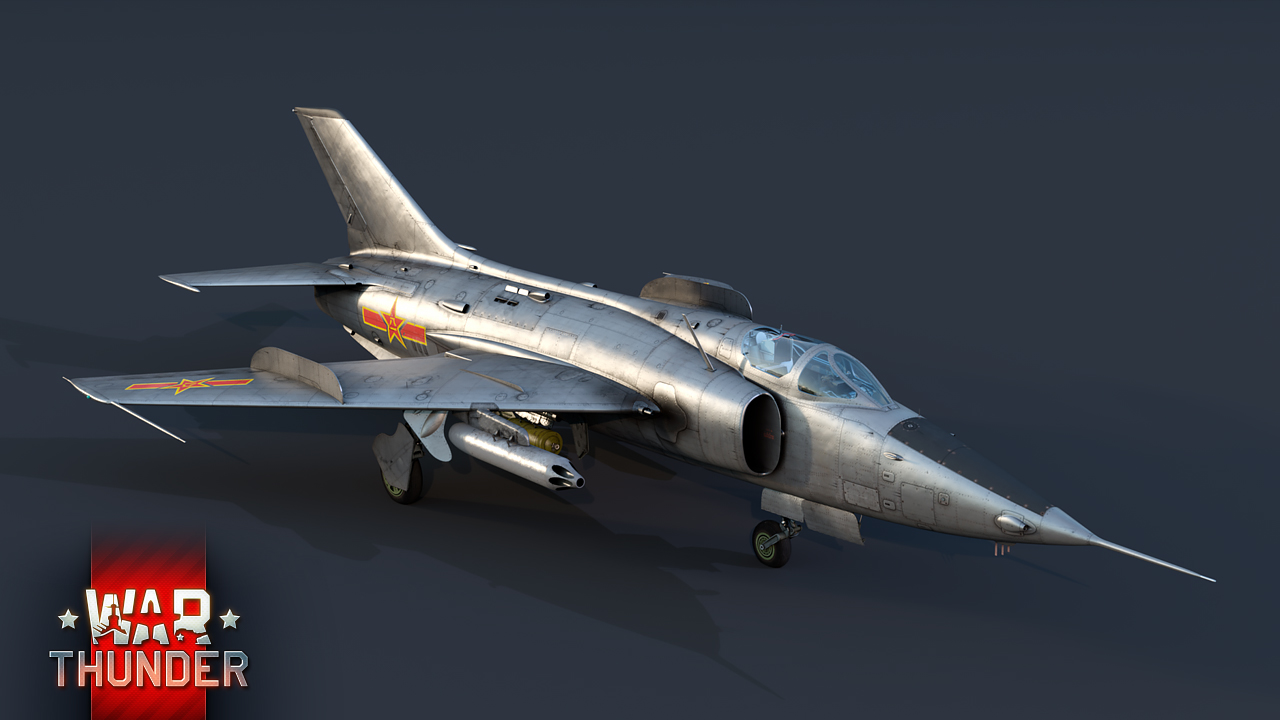
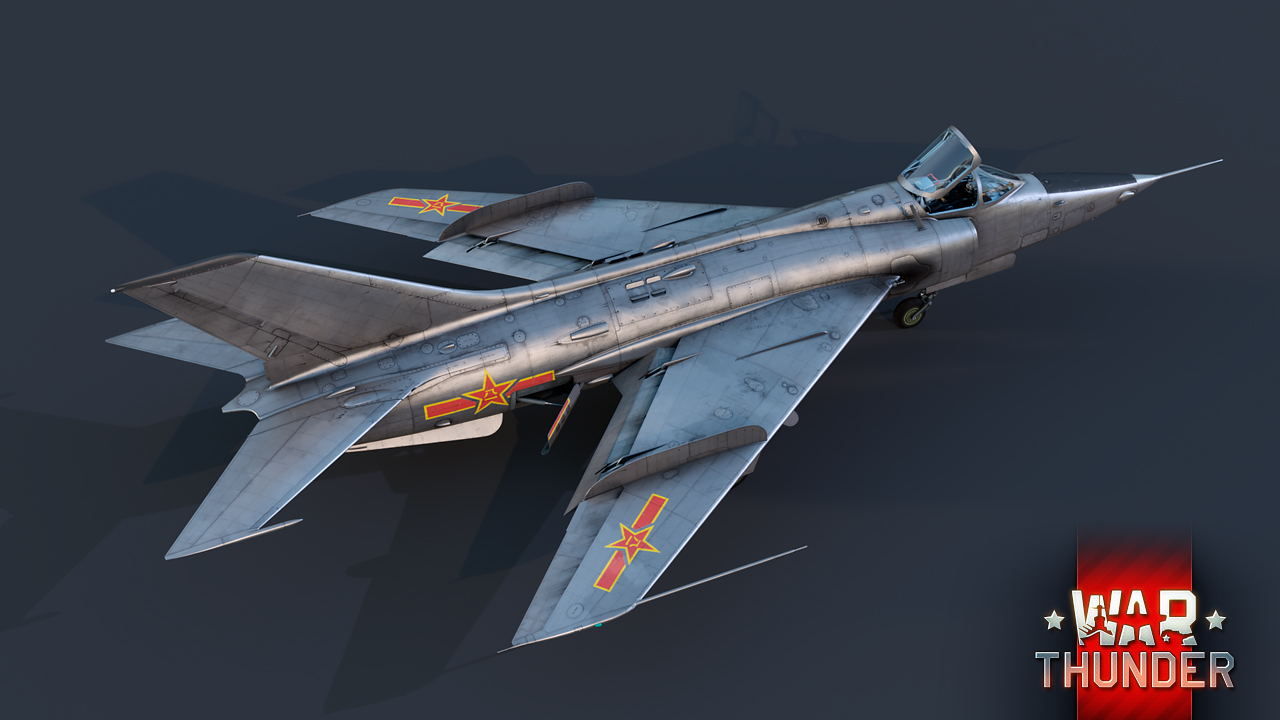
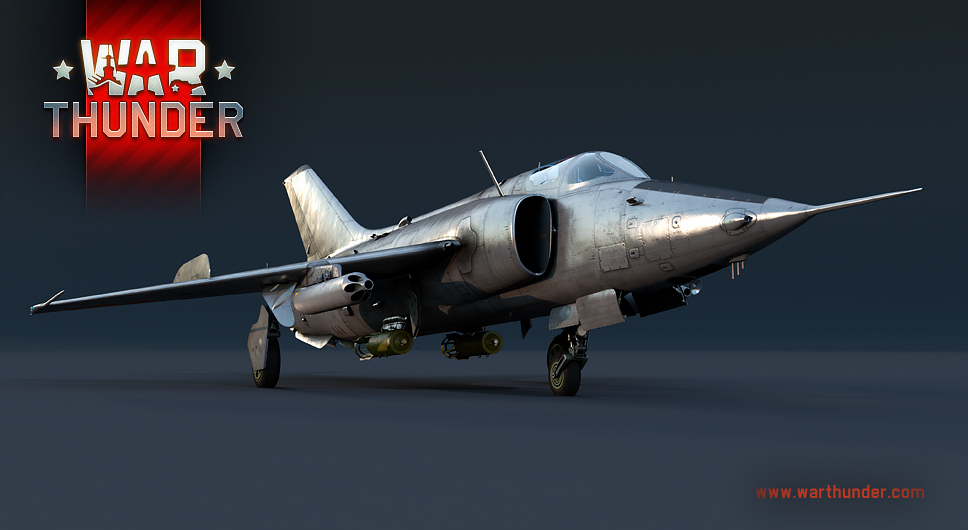
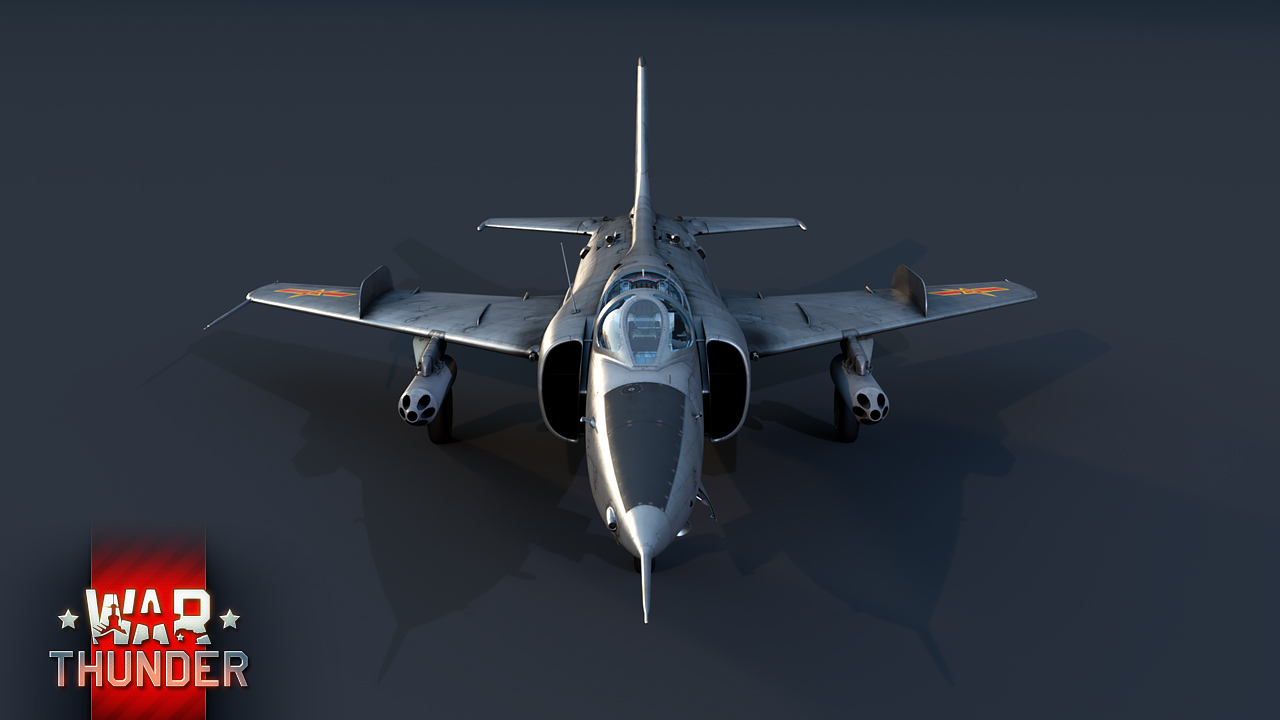

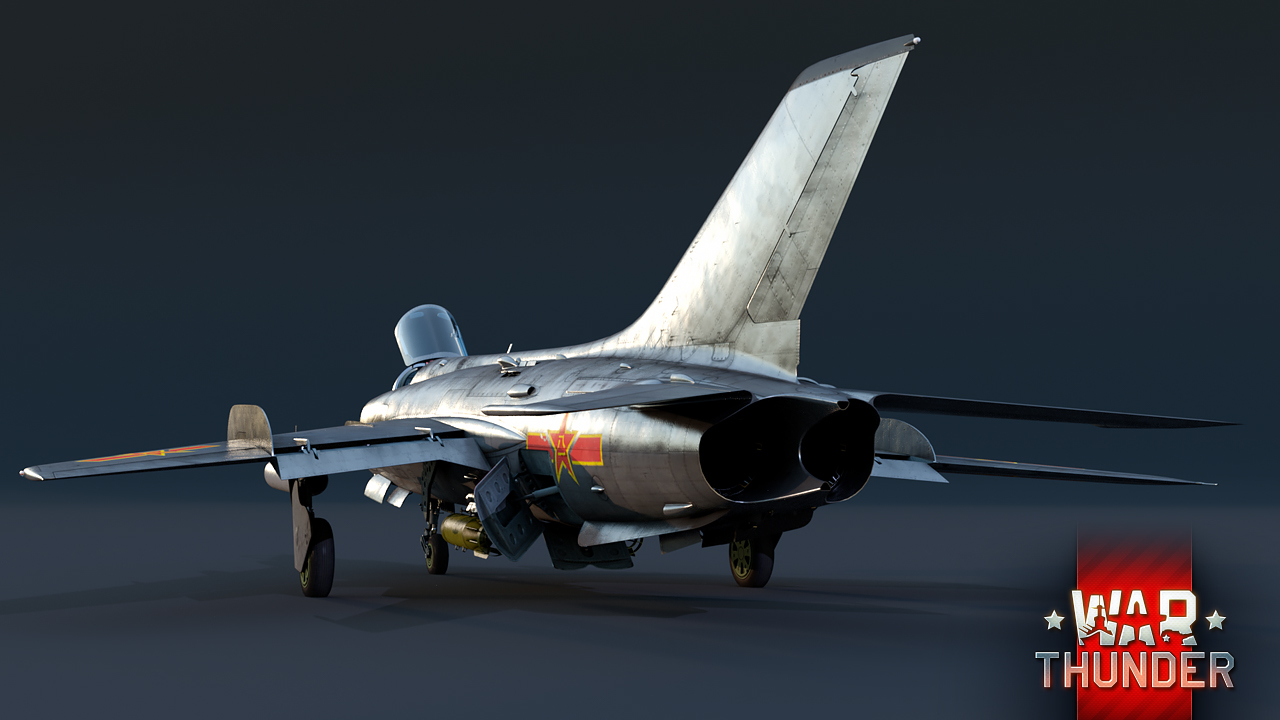
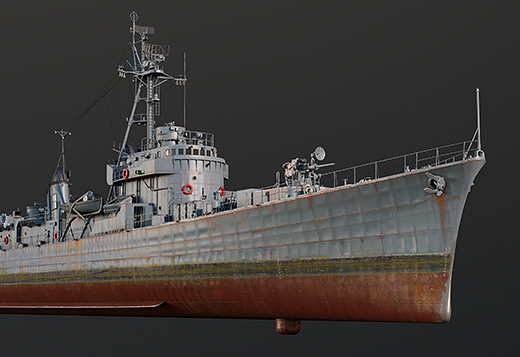
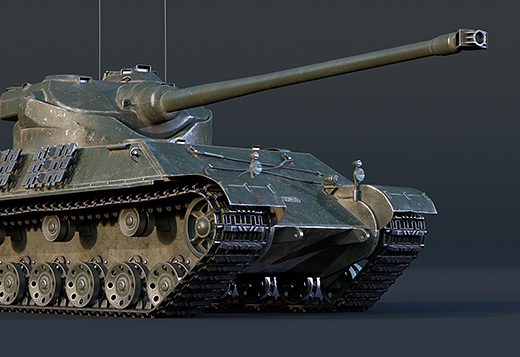
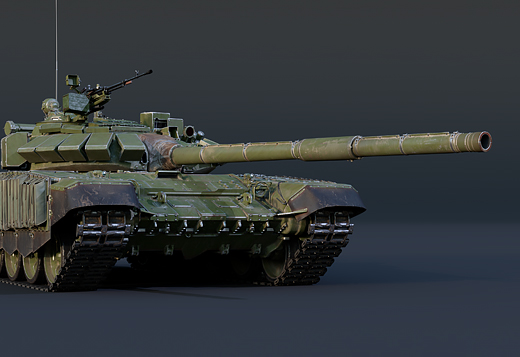
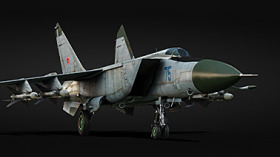

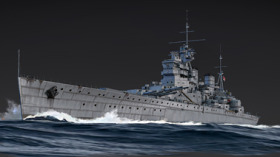

Comments (254)
Long awaited addition, thank you!
Will we see any top tier American or British jets this patch
Battlefield 4 vibes here we go!
been wondering when this would show up, glad to see it being added
battlefield 2 and 4 feelings
There was no Q5 in bf2...
grahaldmills@psn, bf2 armored fury boi
So uh, F-105 when?
great addition, but I hope the basic aluminium isn't the only camo for it (and please no "most were painted aluminium, we can't find other paintjobs excuse like there was with the mig-21MF and SMT)
THIGG-19
Its mentioned that this is a jet Attacker, does that mean it will be classed as one, and if so, are gonna get Sepecat Jaguar and other jet attackers?
comes with JDAM?
Submit a complaint